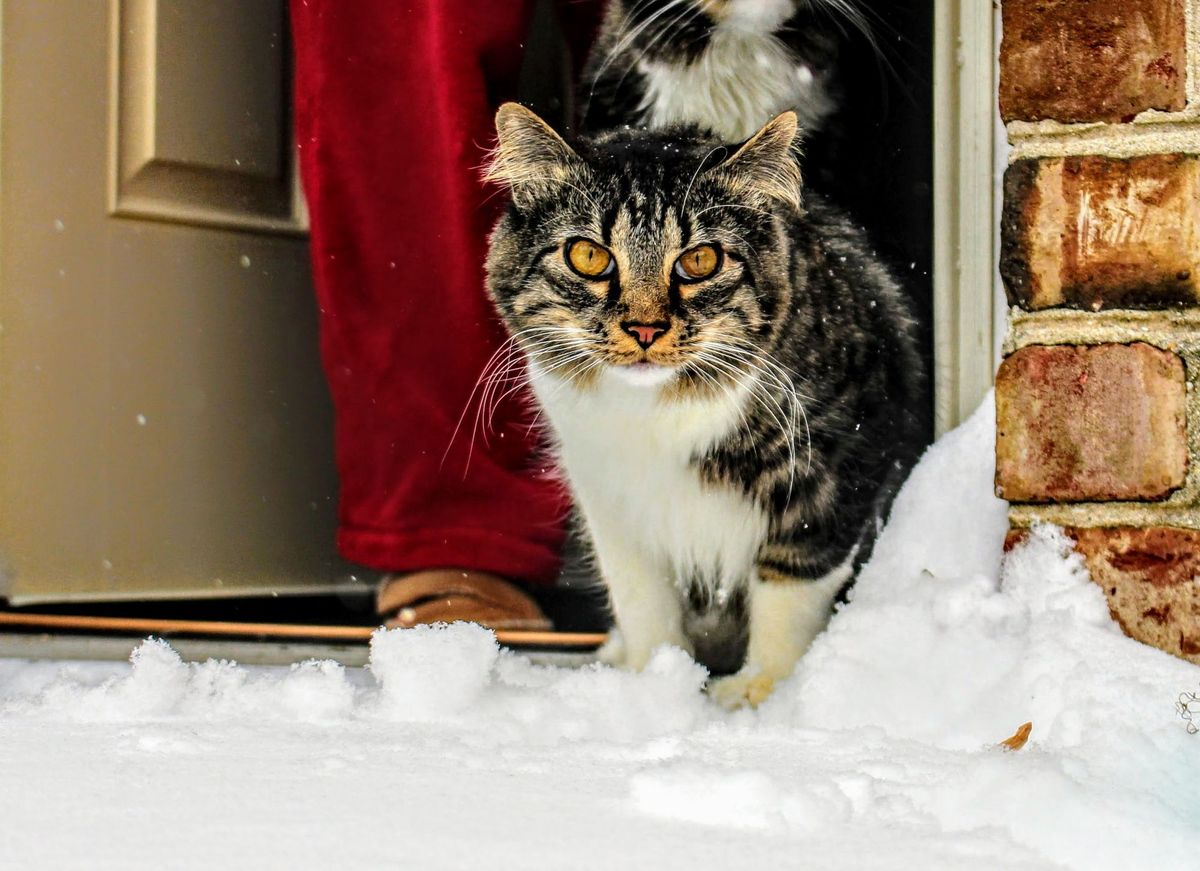How to keep your cat safe outside in the winter
Cats may seem invincible when they are jumping down from impissible heights unharmed, but they still need basic care. For instance, cats can get frostbite, which is a condition that occurs when the tissues

Cats may seem invincible when they are jumping down from impossible heights unharmed, but they still need basic care. For instance, cats can get frostbite, which is a condition that occurs when the tissues in the body freeze due to exposure to cold temperatures. Frostbite is most common in the extremities, such as the ears, tail, paws, and nose, and it can cause tissue damage, loss of sensation, and even amputation if left untreated.
To keep your cat safe in the cold, there are several steps you can take:
- Provide shelter: Cats should have access to a warm, dry, and draft-free shelter when they are outdoors in cold weather. A cat house or a sturdy, insulated structure, such as a shed or a garage, can provide your cat with a safe and comfortable place to rest and stay warm.
- Limit outdoor time: Cats should be kept indoors or in a protected outdoor area during extreme cold weather. Cold temperatures can be dangerous for cats, and they can cause frostbite, hypothermia, and other health problems.
- Provide warm bedding: Cats should have access to warm bedding, such as a cozy blanket or a soft cushion, when they are outdoors in cold weather. Warm bedding can provide your cat with a comfortable and safe place to rest and stay warm.
- Monitor your cat's health: It is important to monitor your cat's health and behavior when they are outdoors in cold weather. Signs of frostbite include pale or gray skin, red or blue skin, swollen or painful skin, or loss of sensation. If you notice any of these signs, you should bring your cat indoors immediately and seek veterinary care.
- Provide warmth and hydration: Cats should also have access to warm water and food when they are outdoors in cold weather. Water can help prevent dehydration, which can be a serious problem in cold weather, and food can provide your cat with the energy and nutrients they need to stay warm and healthy.
To keep your cat safe in the cold, you should provide shelter, limit outdoor time, provide warm bedding, monitor your cat's health, and provide warmth and hydration. It is important to take care of your cat's needs and to protect them from the dangers of cold weather. Paw booties are also an option, but generally impossible to get onto a cat that isn't already used to them.

